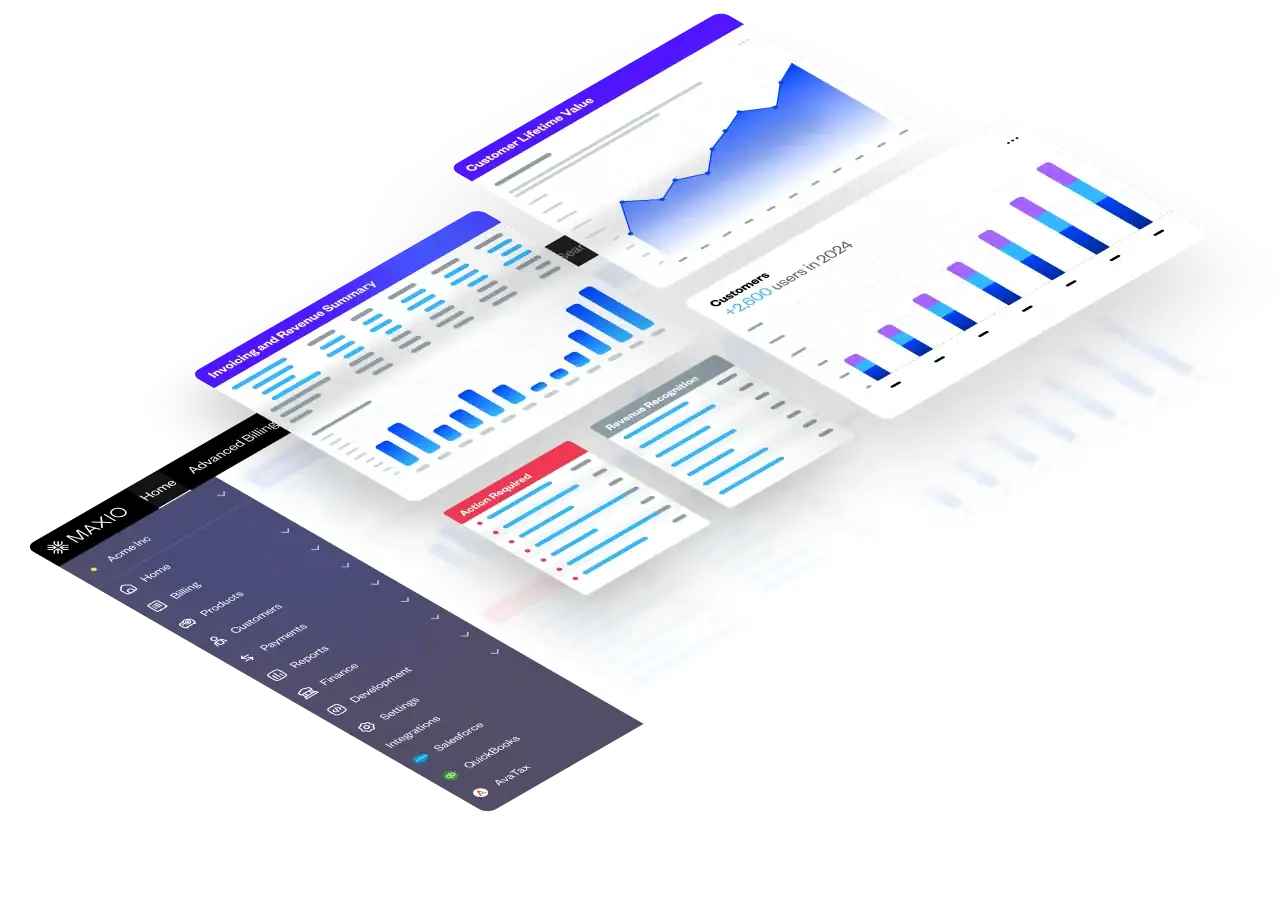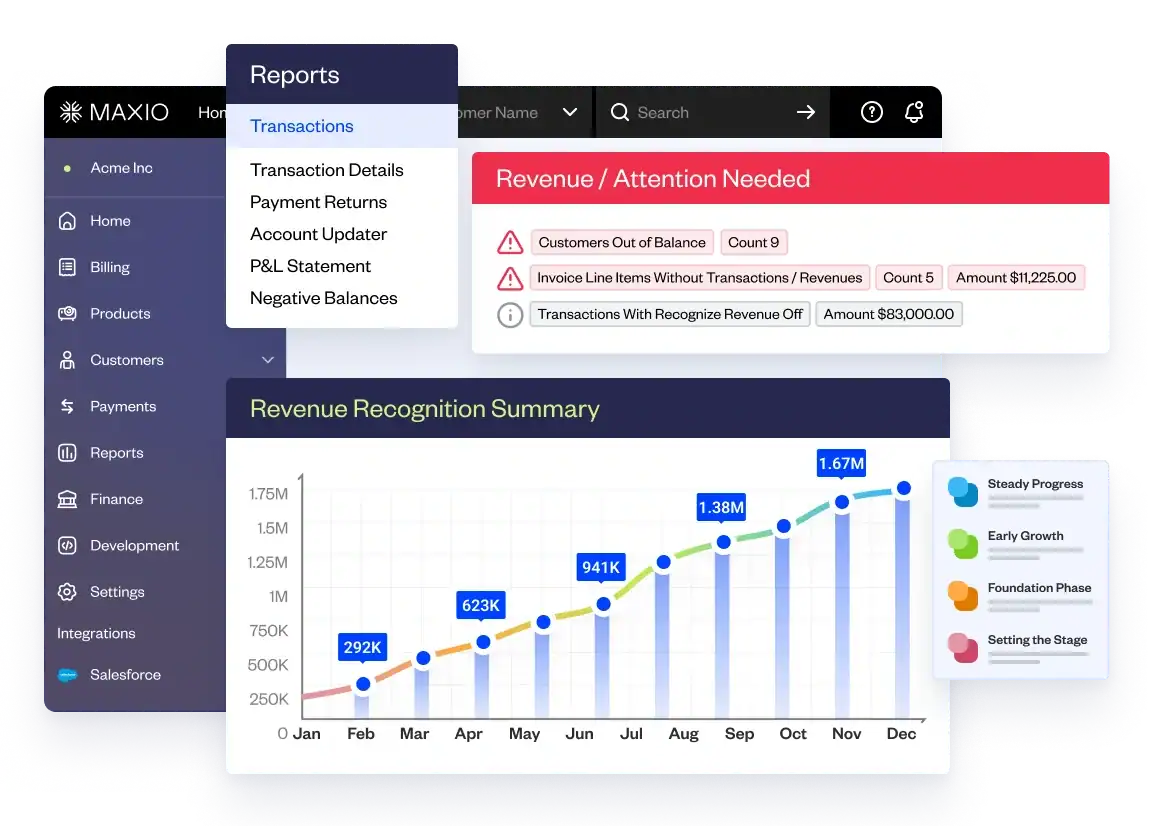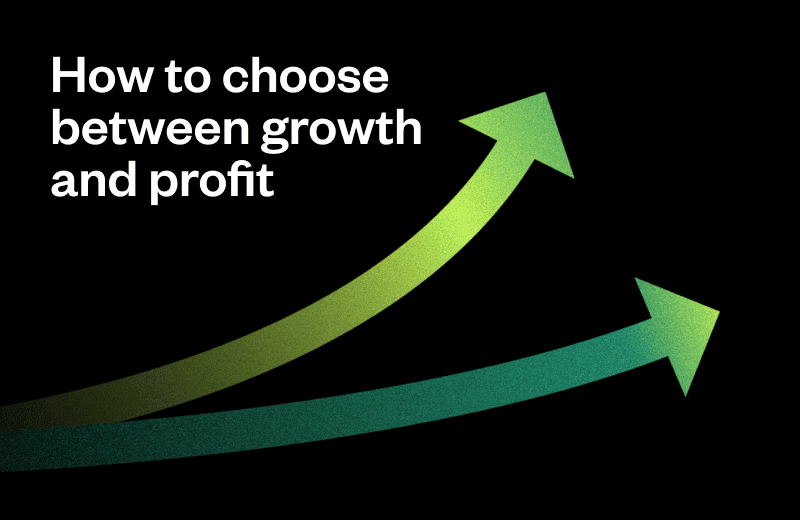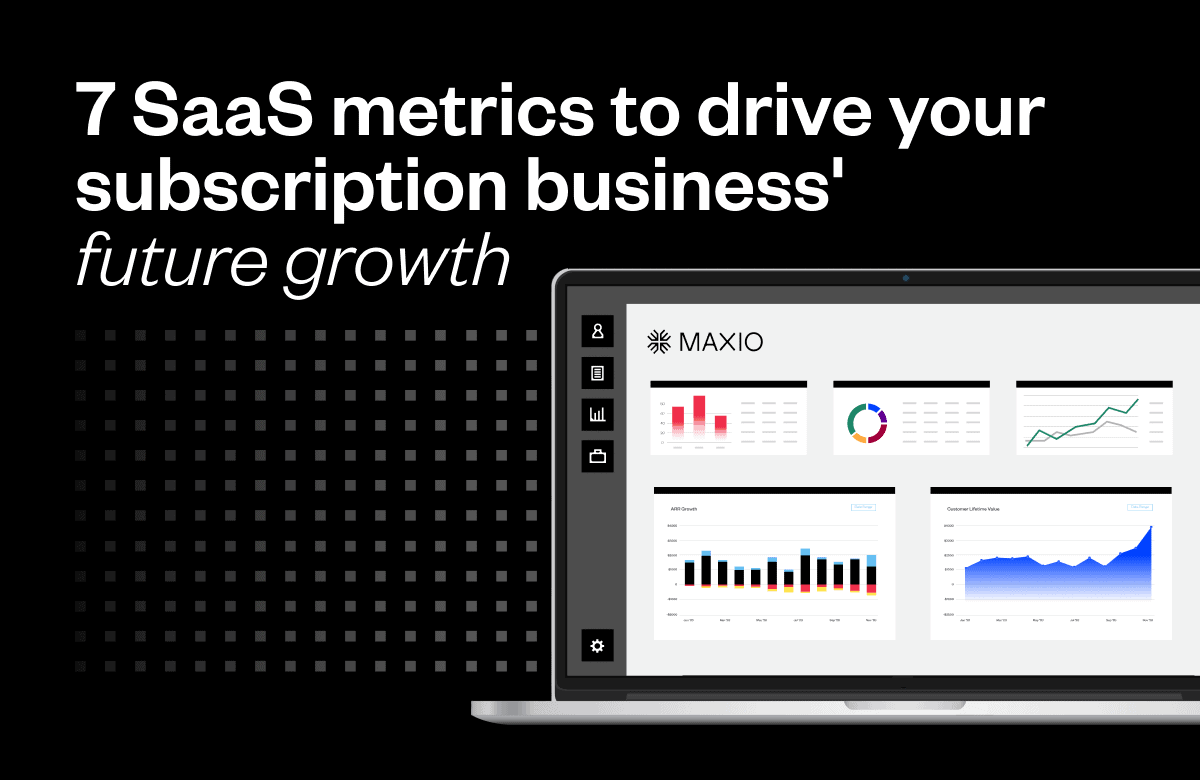Part of what makes an entrepreneur successful is a sense of unyielding optimism.
But sometimes that optimism can cause problems.
New SaaS entrepreneurs, in particular, have a tendency to be a little too optimistic when it comes to the demand for their product.
They’re so passionate about their software that they fully expect it to go viral or at least spread steadily by word of mouth. They also might assume their software will be helpful to customers for unrealistic stretches of time with little to no advancement in product capabilities.
These assumptions are well-intentioned, but they can spell disaster for a business before it ever gets off the ground. This is why it’s so important for SaaS entrepreneurs to get serious about calculating their customer acquisition cost accurately — and fully understand how those expenses compare to the revenue that those clients will eventually bring in.
If it consistently costs more to acquire customers than those customers are likely to bring in over their customer lifetime, you’ll quickly run out of cash.
And staying vigilant about how customer acquisition cost (CAC) compares to customer lifetime revenue (LTR) is only becoming more important for SaaS companies. As the marketplace matures and competition increases, software companies have to work even harder to acquire new customers in the first place.
So, how do you make sure that your CAC stays manageable? By making sure to calculate it accurately, and staying focused on the right ratios and performance indicators.
In this article, we’ll explain:
- The best way to calculate customer acquisition cost (CAC)
- The best way to calculate customer lifetime value (LTV)
- The ideal CAC-to-LTV ratio
- How to figure out how long it will take to recoup your CAC (also known as the “Payback Period”)
How to Calculate CAC
The biggest stumbling block when it comes to calculating CAC is nailing down the full scope of acquisition expenses. Many entrepreneurs assume their acquisition costs are mostly composed of the cost spent acquiring leads, such as with online ads. But the true cost will include all of the following:
- Ad Spend – Start with the cost of tangible spending, such as ads on search engines and social media, event sponsorships or other advertising opportunities.
- Employee Salaries – Any money you pay to sales employees (and to marketing employees who are focused solely on customer acquisition) should be considered part of customer acquisition costs.
- Contractor and Agency Payments – If you regularly hire marketing professionals to do tasks related to acquiring new customers, such as improving search engine visibility or managing your ads, these costs should be included. Even if these responsibilities fall to one of the other employees (such as the founder), the cost of their consult should be reflected.
- Employee Overhead Costs – Employees generally cost much more than their salaries alone. Include the cost of benefits, office rent and other perks of the employees focused on customer acquisition in your CAC calculations.
- Sales Commissions – Don’t forget to include any additional commissions sales bonuses that are paid throughout the acquisition process.
- Failure Rate – Some of your sales hires will never reach their full productivity and make a good return on your investment. Furthermore, some of your customers might churn during the sales and CS handoff – what we call the “onboarding black hole.” These costs need to be accounted for.
- The Cost of Marketing Tools – If you use software to help you accomplish marketing and sales tasks directly related to customer acquisition (think schedule social media posts, marketing emails or CRM software), these costs should be included, as well.
If you’re unsure of whether or not to include an expense in your CAC, our advice is to include it. You want the best possible picture of how much it costs to acquire a customer so that you can get a clear understanding of what it will take for your company to stay profitable.
Take a look at your profit and loss statement to make sure you’re not missing any other expenses that could apply.
Once you have totaled your expenses, you can divide that amount by the number of new clients for any given time period to find your average CAC.
How to Calculate LTV
In comparison to CAC, calculating your customer lifetime value is a little simpler. The idea is to figure out how much revenue you can reasonably expect each new customer to bring in over their entire relationship with your business.
First, calculate how many months your SaaS customers stay with you, on average. (This should be relatively easy with the right billing platform or customer relationship management software.)
Simple subscription companies may be able to multiply that average length by their average MMR to get the average LTV.
But considering how complex and customizable SaaS pricing models are – with metered or usage-based billing, upgrades, downgrades, add-on features, upfront costs and more – SaaS companies might require a different approach for more accuracy.
In this case, businesses should calculate the average revenue per user per month, then multiply that sum by the average number of months that customers stay over a lifetime to find the LTV.
The Ideal CAC-to-LTV Ratio
Clearly, your LTV should be greater than your CAC. But, how much greater?
The ratio will fluctuate over time, but a good rule is to aim for an LTV that’s at least 3 times greater than the CAC.
According to this article by David Skok, most public SaaS companies, such as Salesforce.com and ConstantContact, have LTVs that are closer to 5 times greater than CAC.
If the ratio falls consistently below 3x, it’s time to make some serious changes to reduce CAC or boost LTV.
Here’s a simple way to visualize what you need to shoot for:
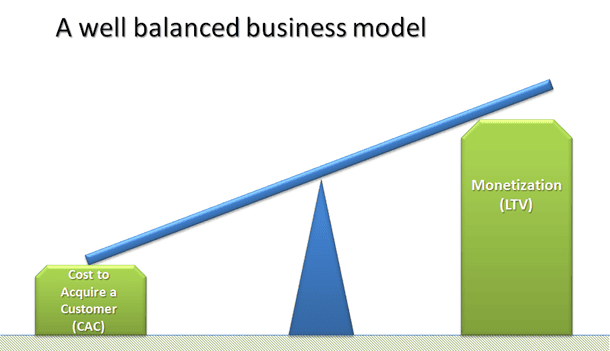
Payback Period
If your LTV/CAC ratio is healthy, that’s a great sign that your business performance on the right trajectory. However, this ratio alone won’t be enough to ensure healthy profits and cash flow.
You may be enjoying a high LTV thanks to low churn rates, for example. But, if it takes months or even years for your customers to reach that lifetime value, your company might not have enough capital to grow in the short-term.
Experts agree that you should aim to recoup the full cost of customer acquisition within 12 months.
Figuring out how many months it will likely take to payback CAC isn’t too complicated: Just divide the total CAC by the average monthly revenue per customer.
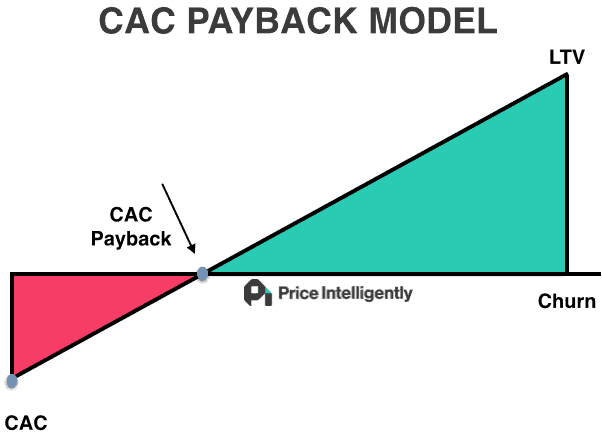
However, to understand how long it will actually take to “break-even” at the rate you’re going, you’ll have to dive a little deeper into how much it costs to offer your product and keep customers happy each month.
Beyond acquisition costs, there are onboarding, training and support costs to consider. You’ll also need to factor in costs such as hosting for your software. In the accounting world, these are called “cost of goods sold” — these are the expenses that are required to produce your software.
To get a clearer idea of how much revenue you make each month after those expenses, deduct these costs from your gross revenue for the same time period. That gives you your gross margin. Then, divide the gross margin by the gross revenue to understand what percentage of the revenue is actually available to pay back your CAC.
In short:
CAC / ([Average Revenue Per User Per Month] x [Gross Margin Percentage]) = Gross Margin Adjusted Payback Period in Months
[content_upgrade cu_id=”6754″]For more on these formulas, download this cheat sheet: Common Financial SaaS Terms and Acronyms[content_upgrade_button]Click Here[/content_upgrade_button][/content_upgrade]
Hubspot explains the process with the sample data in this infographic.
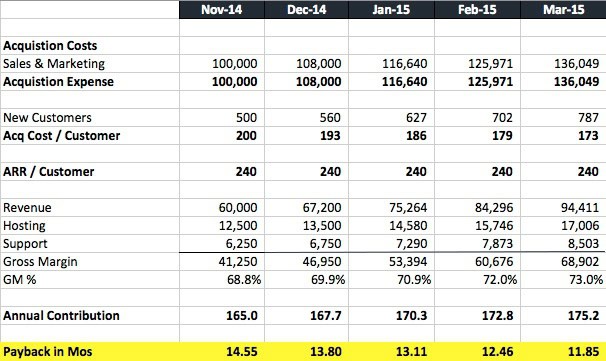
Using the Right Tools
It goes without saying that a professional billing platform that specializes in the financial needs of SaaS businesses makes it much easier to make sense of all these metrics.
For example, SaaS professionals need a tool that can filter both revenue and expense reports by factors like acquisition channel and customer type. This will yield insights into how trends change with each unique factor.
Without the right tools, these tasks turn into a headache and an energy-suck.
At Maxio, we are obsessed with removing billing as a business blocker for SaaS companies and turning it into a business accelerator. To learn more, head over to our site or reach out to one of our billing experts.
